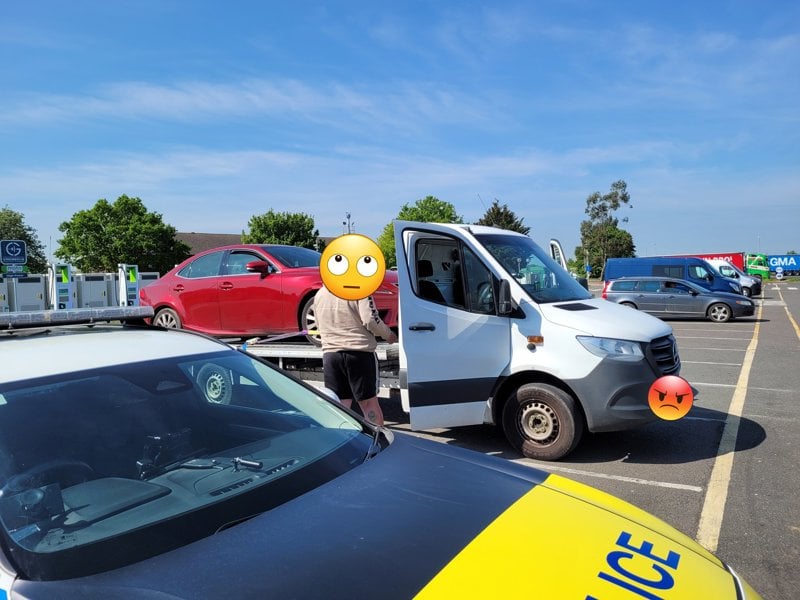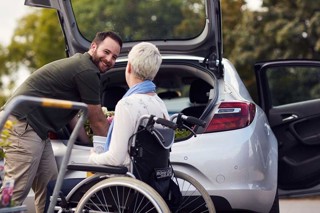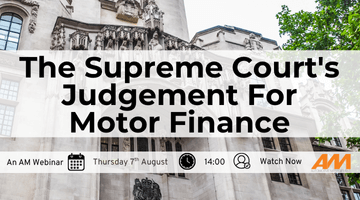A change in driving licence rules for heavier electric vans came into force this week, bringing them into line with their lighter petrol and diesel counterparts.
Because of the weight of batteries many large electric vans are heavier than the 3.5 tonne limit for the standard Category B driving licence.
New legal measures account for the additional weight of the vehicle’s batteries, with the rule change applying to any vehicle that can be driven up to 3.5 tonnes if they were petrol and diesel, including vehicle transporters, vans, minibuses, trucks amd SUVs, and this enables standard category B licence holders to drive zero-emission vehicles up to 4.25 tonnes, broadening the flexibility to cover all vehicle types, beyond goods vans.
Delivery firms using heavy electric vans can also now tow a trailer as long as the maximum authorised mass (MAM) of the vehicle and trailer combination does not exceed 7,000kg.
Drivers who passed a category B driving test begore January 1, 1997, are permitted to drive vehicle and trailer combinations up to 8.25 tonnes.
In 2018 the weight limit for category B driving licence holders driving zero-emission vans was temporarily increased from 3.5 tonnes to 4.25 tonnes, but this latest development confirms that.
Electric vehicles have caused challenges for some smaller operators in the vehicle logistics sector.
EVs typically are heavier than petrol or diesel vehicles and this has caught out some vehicle transport operators using combinations which exceed the maximum authorised mass.

























Login to comment
Comments
No comments have been made yet.